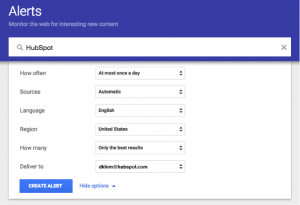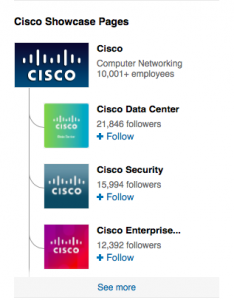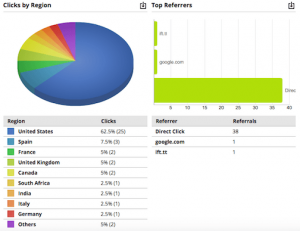— July 31, 2018
Looking at customer experience (CX) and churn in the SaaS environment from a high level, there’s one theme that stands out from the mix: The fact that we live in what’s called a “switching economy.”
The term, coined by economists, describes a current trend impacting switching brands because of dissatisfaction with their experience. It can be a major driver of customer churn—and it’s already creating an incredible economic deficit in the US.
Early reports indicate that more than $ 1.6 trillion in revenue is up for grabs as “always on” consumers look for brands mastering CX via various channels and touchpoints. What’s more: since 2010, Accenture data shows the switching economy has increased more than 29%—and only 11% of U.S. customers strongly agree that companies are effectively converging their omnichannel experiences.
So, what’s driving the switching economy? And how can businesses win back customer loyalty?
Why Consumers Are Bailing on Brands
Lazy automation and lack of personalization
The rise of automation in customer support in recent years has increased efficiency by leaps and bounds—but for some brands, leaning too heavily on sloppy automation has come at a high cost. When customer interactions are less personalized via low-touch automation, it creates a void between customers and companies.
Data shows that personalized support is the top priority for consumers. When customer support team members aren’t equipped to offer a customized, helpful experience via rich profiles with a 360-degree view of the customer’s data, they often fail to deliver the support experience those shoppers have come to expect.
Higher customer expectations
Speaking of expectations: Consumer expectations in regard to CX have reached an all-time high. Salesforce data shows that a whopping 66% of consumers say they’re likely to switch brands if they feel treated like a number, not an individual. That same data set reiterates the importance of personalization, too: 70% of B2C shoppers say a company’s understanding of their individual needs influences their loyalty, while that number goes up to 82% for B2B buyers.
These increasing customer expectations are likely a side effect, at least in part, of startups who are coming in and sweeping up. Take, for example, e-commerce startup Brandless. Their motto is “Better Everything, All for $ 3.” From groceries to personal care products, you can buy a range of quality products for a whopping $ 3 each. Even in a highly saturated market, bold startups can rake up unhappy customers from their more established but immovable competitors.
A desire for seamless omnichannel CX
We also have to consider how shopping has changed. As modern consumers continue to shop anywhere and anytime, seamless omnichannel CX across various devices and touchpoints is a must for SaaS. Some research indicates that it has a make-or-break impact on retention rates, too. Companies with omnichannel customer engagement strategies retained 89% of customers on average, while those without only retained a mere 33%.
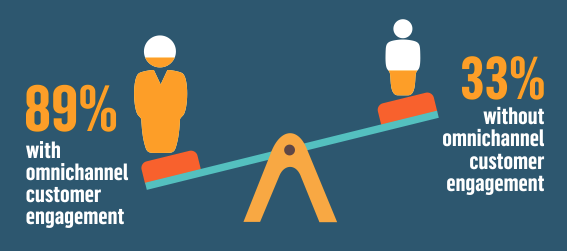
Source: Invesp
How to Reconnect with Omnichannel Support
We know that customers crave (and expect) a meaningful customer experience, so what can we do to address those needs? Omnichannel support is the logical starting point.
What is omnichannel support?
Omnichannel support means supporting customers across multiple channels (like email, phone, and live chat). When executed well, it means providing seamless experiences across all of these different touchpoints where customer interactions occur.
For example: If a customer uses online chat to get help with an order one day and then follows up with other questions via a phone call the next day, the brand should be able to leverage data from the customer’s internal profile to pick right back up with that conversation. This is omnichannel support that’s personalized, cohesive, and goal-guided.
On the other hand, if customer data is not shared across different support channels and the customer support representative has no knowledge of past support requests, it creates more transactional experiences that can be frustrating for the customer.
Overall, the need for a consistent omnichannel experience is very real.
How to get started
When considering an omnichannel approach to support, it’s important to begin by asking some tough questions, like:
- Currently, are customers getting personalized experiences across support channels?
- What support channels are most used—and how would customers rate their interactions through them?
- Are customers churning because of poor support experiences where sub-par service is being delivered?
These questions may be uncomfortable to address, but the good news is that integrating more personalized, meaningful customer interactions is easy when you actually ask your customers what they want. This is where things like Net Promoter Score assessments and customer satisfaction surveys come in.
These tools give your audience a voice—and empowers your brand to act on the feedback you’ve gathered. Plus: survey tools help you monitor CX from a high level, during specific interactions (like a support request), or on different aspects of your business (from marketing to product and beyond), so you can gather and leverage key customer feedback that reduces churn and drives customer loyalty at the same time.
Closing the Feedback Loop
Customer advocacy is the name of the game when it comes to improved CX and reduced churn in the SaaS environment. That means that it’s not enough to gather feedback from customers and leads—you have to act on that data and close the feedback loop, too.
Doing so is largely a two-part process. Let’s look at both pieces in a bit more detail.
Part one: Leverage support feedback
Support interactions happen across many different channels—and each time a customer reaches out with a question or issue, it’s an opportunity to gather feedback that goes into your CRM.
Speed is fairly important during this entire process. Zendesk data shows that over the past three years, customers have come to expect faster service than ever before: Most want to hear back from a band within 12 hours at most.
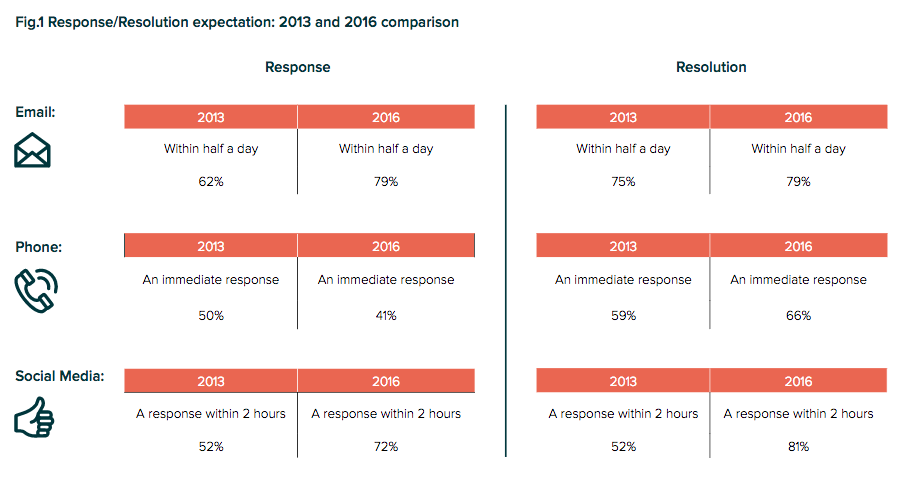
Source: Zendesk
What’s more: Customers want to pursue one-to-one support through their desired channel, whether that’s email, live chat, or phone.
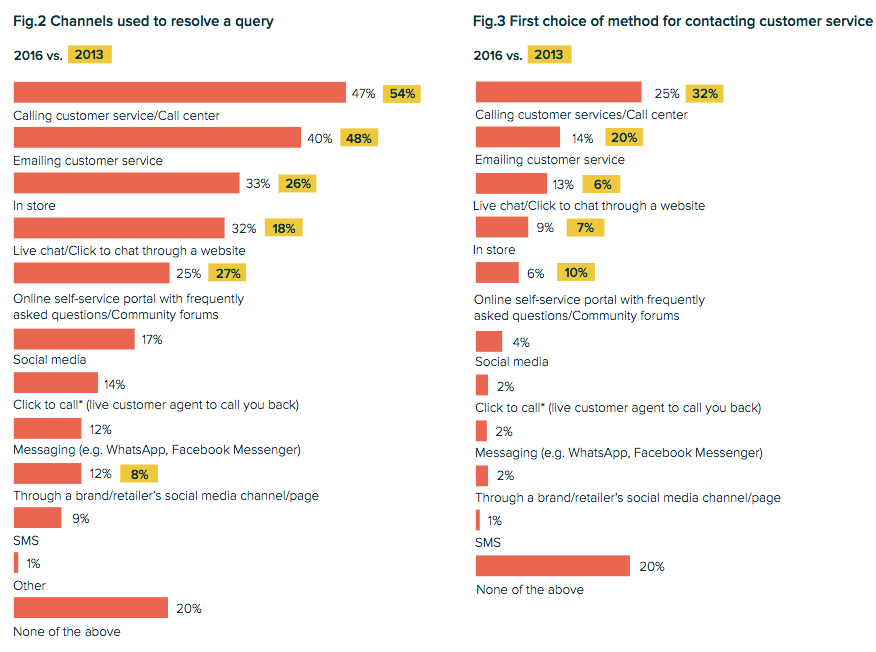
Source: Zendesk
These two charts help illustrate how omnichannel support helps meet those customer expectations within the realm of support. By having multiple paths for customers to choose from, they can get the quick, reliable experience they want without additional frustration or friction.
But this is only part of the CX equation: The part that reacts to issues rather than anticipating them. The other part of CX goes beyond support and takes a proactive approach to keep customers happy and activated within their experience using your SaaS.
Part 2: Collect user feedback proactively
You shouldn’t have to wait until a customer has an issue and reaches out to gather feedback. Proactively gathering user feedback on an ongoing basis can help build out rich customer profiles within your CRM.
By regularly conducting email surveys with users that ask questions about your product, your marketing activities, and even general satisfaction, you can be a few steps ahead and anticipating your users’ needs. You’ll also be better equipped to deliver more personalized, relevant communications—which earlier data shows was a must for today’s consumers.
Regularly gathering feedback also allows you to accomplish many different important business objectives, such as:
- Boosting customer satisfaction. Customer satisfaction surveys help you monitor interactions with the brand across touchpoints and ensure top-tier service is delivered across every channel.
- Monitoring product feedback. Asking customers for regular product feedback helps you spot gaps and to better tout features and benefits to customers.
- Predicting churn. Surveys like Net Promoter Score help you spot detractors that are preparing to churn.
- Understanding churn. For unhappy customers who do decide to end their relationship with your SaaS, you can follow-up with a potential win-back campaign or simply collect data on why they decided to leave.
Closing the feedback loop through these two prongs (think of them as your defensive and offensive approaches) means you’re always providing a cohesive, 360-degree experience to your customers. Devoting resources to each can have a major impact on key SaaS KPIs.
Wrap-Up
In 2018 and beyond, it’s hard to know for sure what will come in the world of tech and CX. We can’t know what the future holds, but early predictions from research firms like Forrester suggest a few key points to consider:
High customer expectations are here to stay.
Forrester data predicts that customer expectations will outpace companies ability to evolve, and as much as 30% of brands will see further declines in CX quality that impact growth. In short: Lacking CX efforts means deferred growth and profits. If you want to stay ahead, you have to start thinking about CX as a core business objective.
Tech will continue to revolutionize business.
The ever-increasing pace of technology is not going to be slowing any time soon. In fact, their data predicts that as many as 20% of CEOs will fail to act on digital transformation—putting their businesses at risk. Don’t let this be you.
Business & Finance Articles on Business 2 Community
(48)

